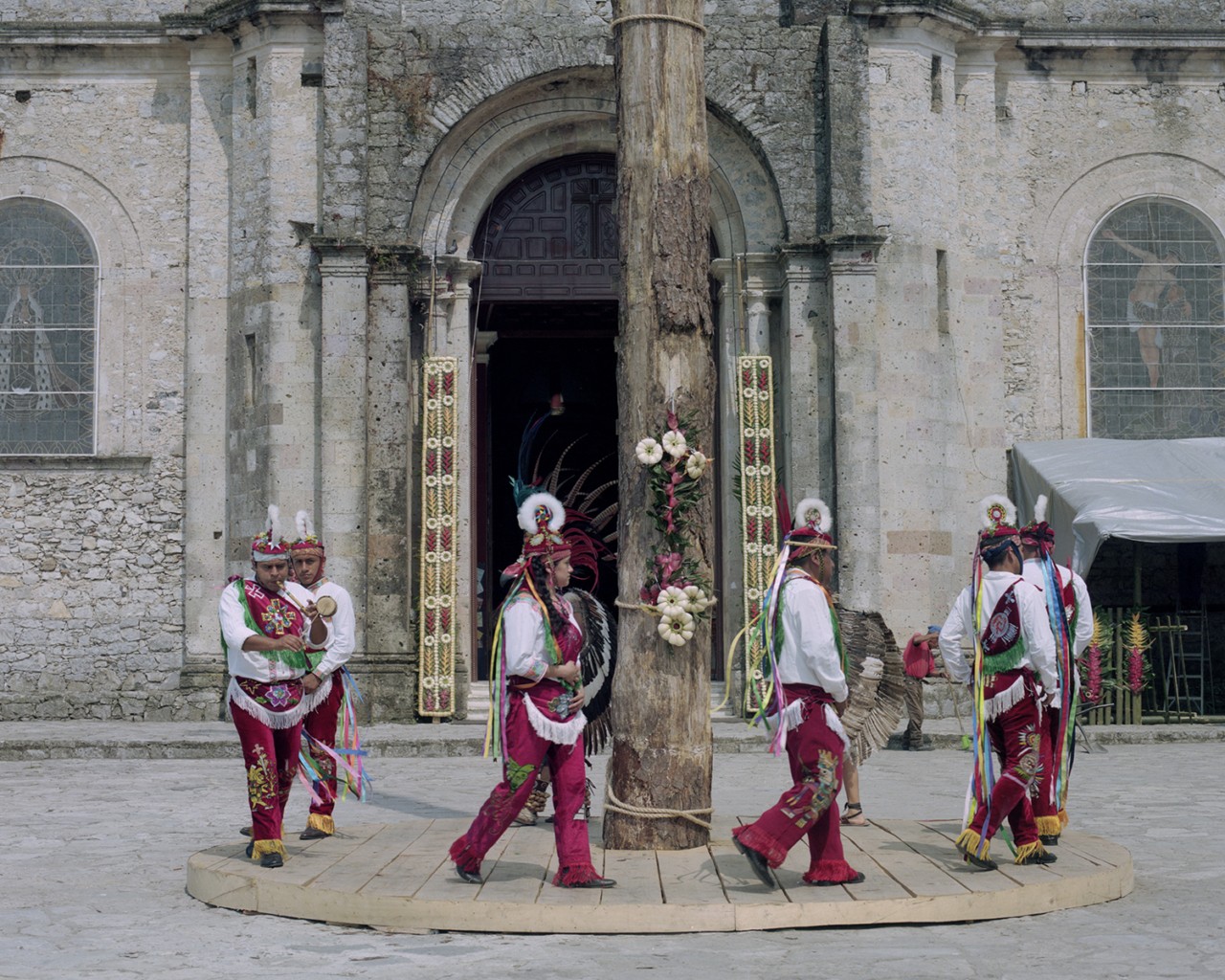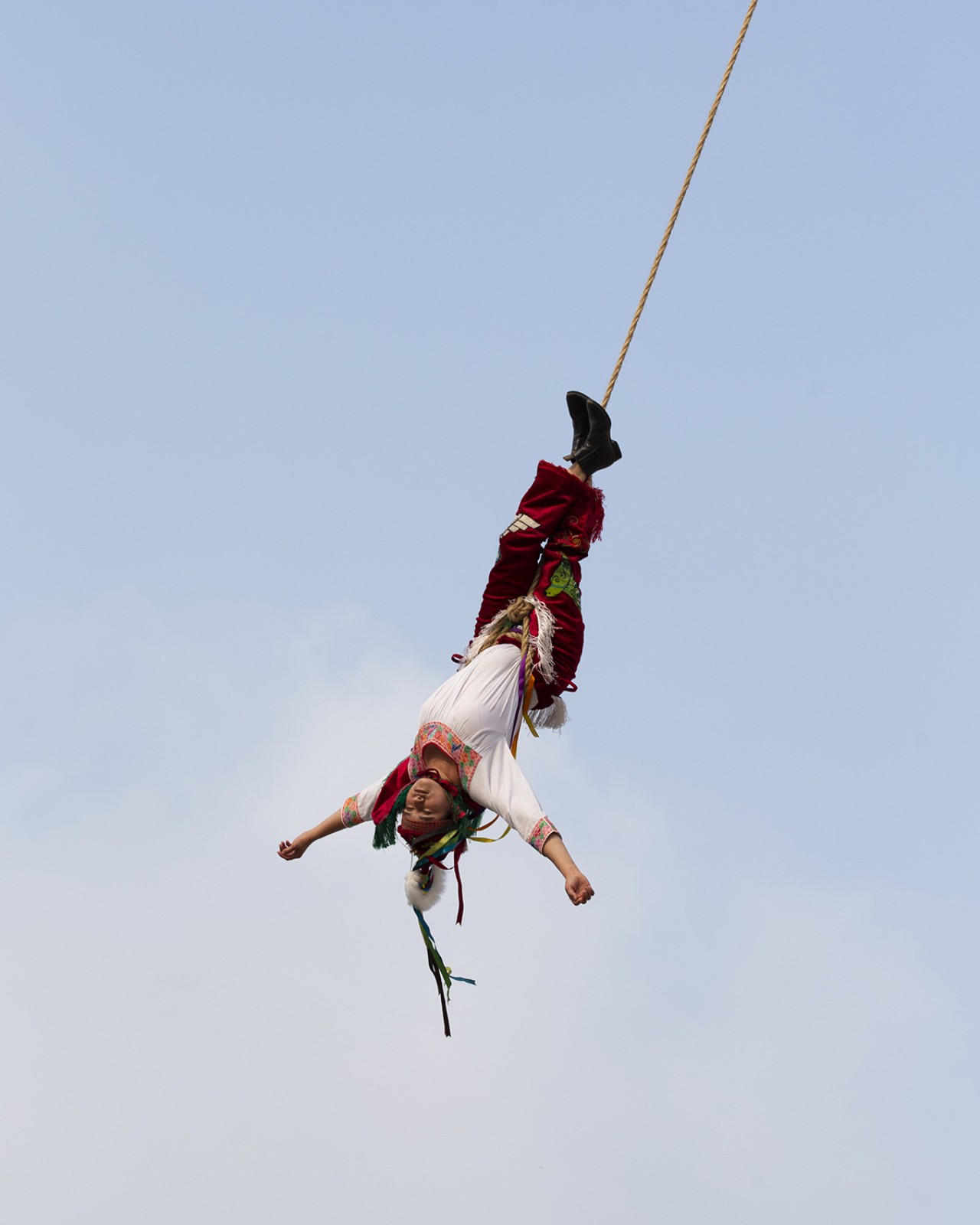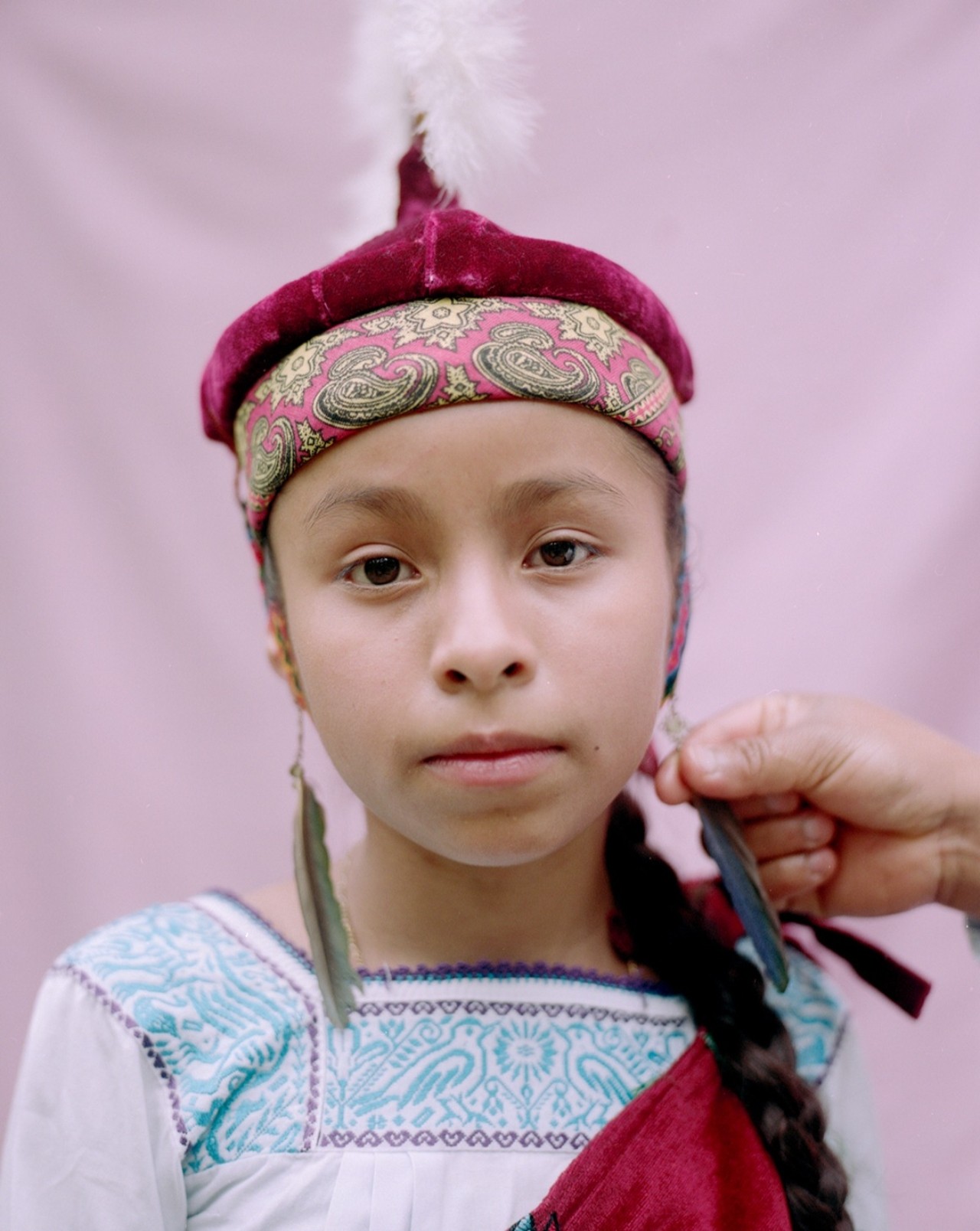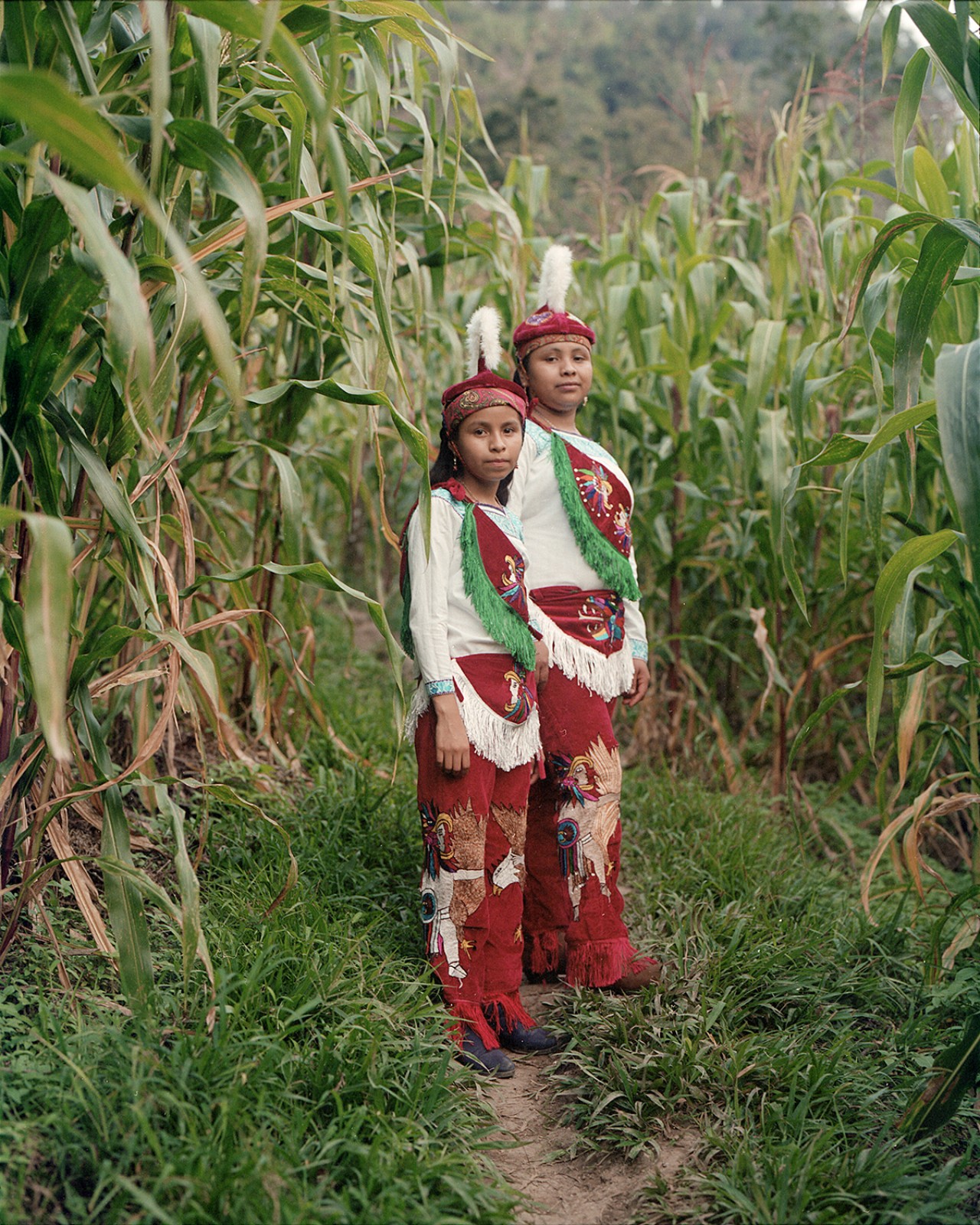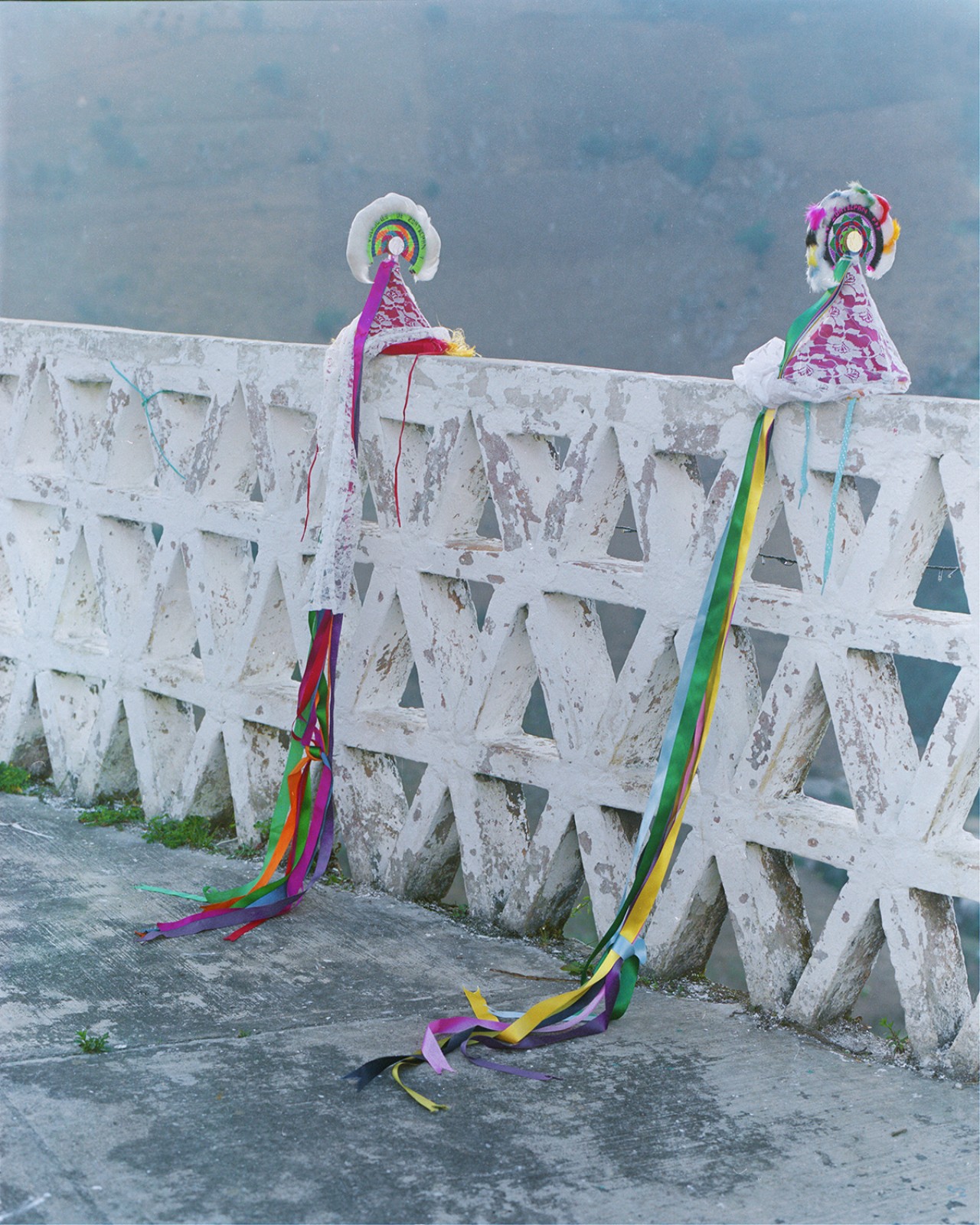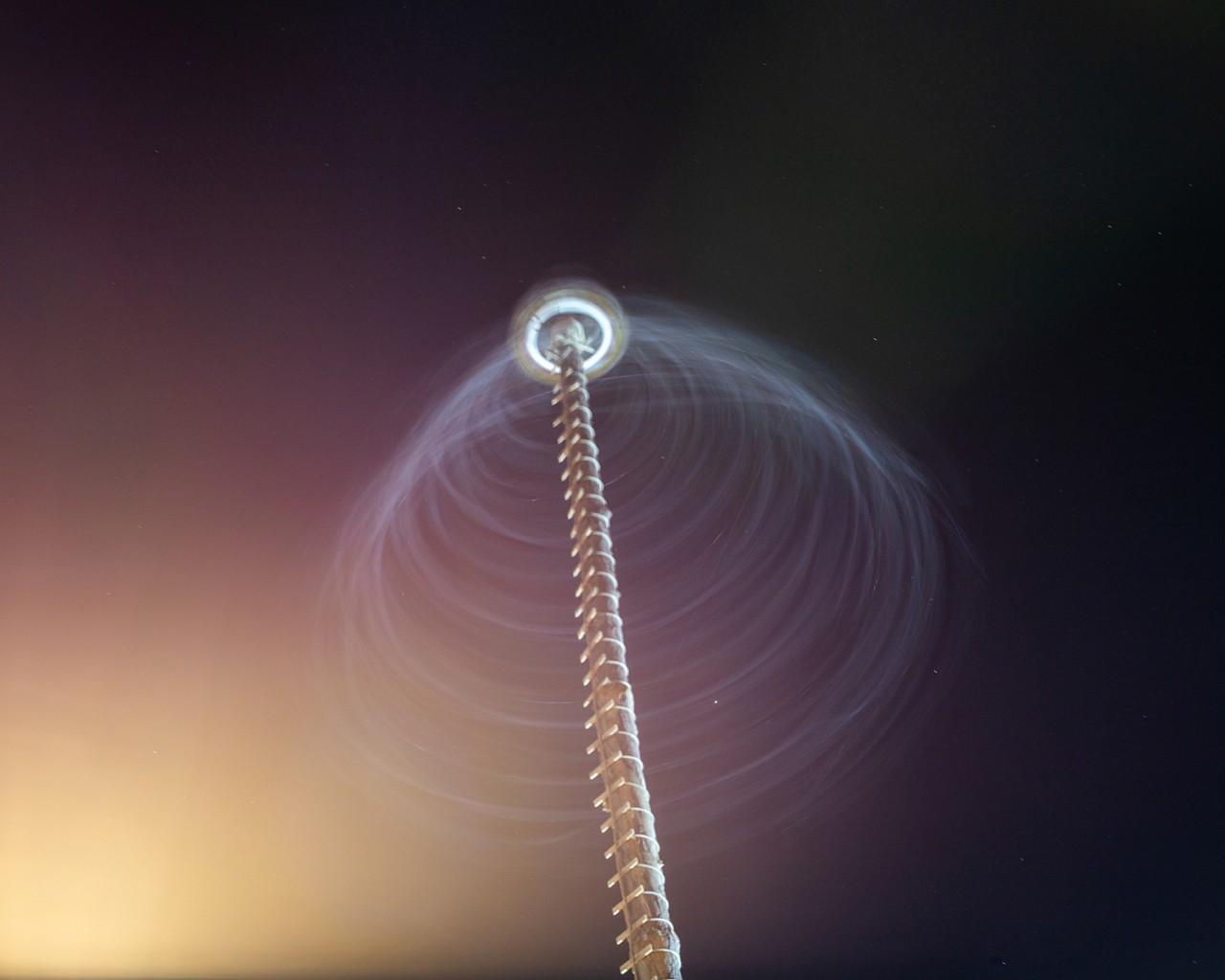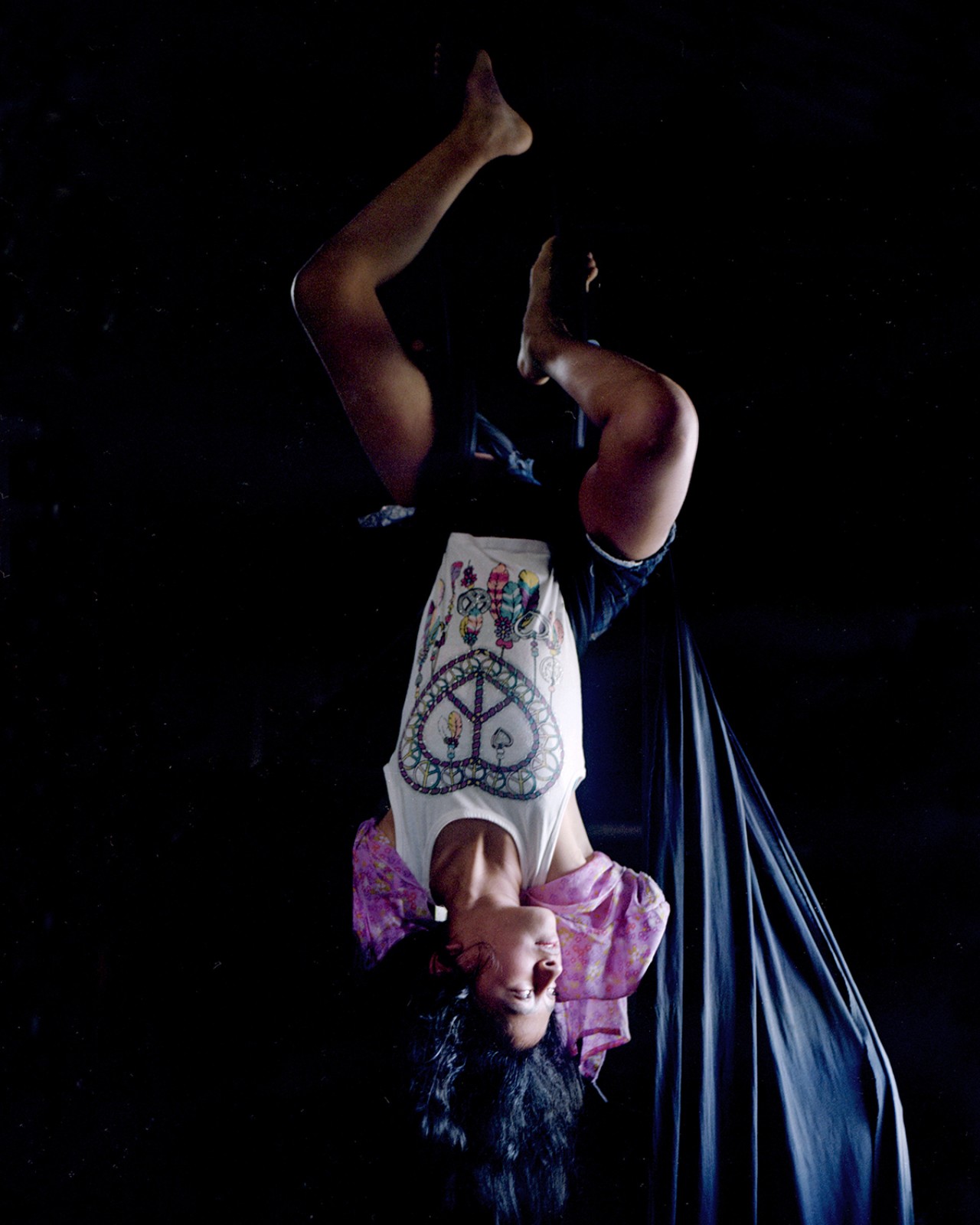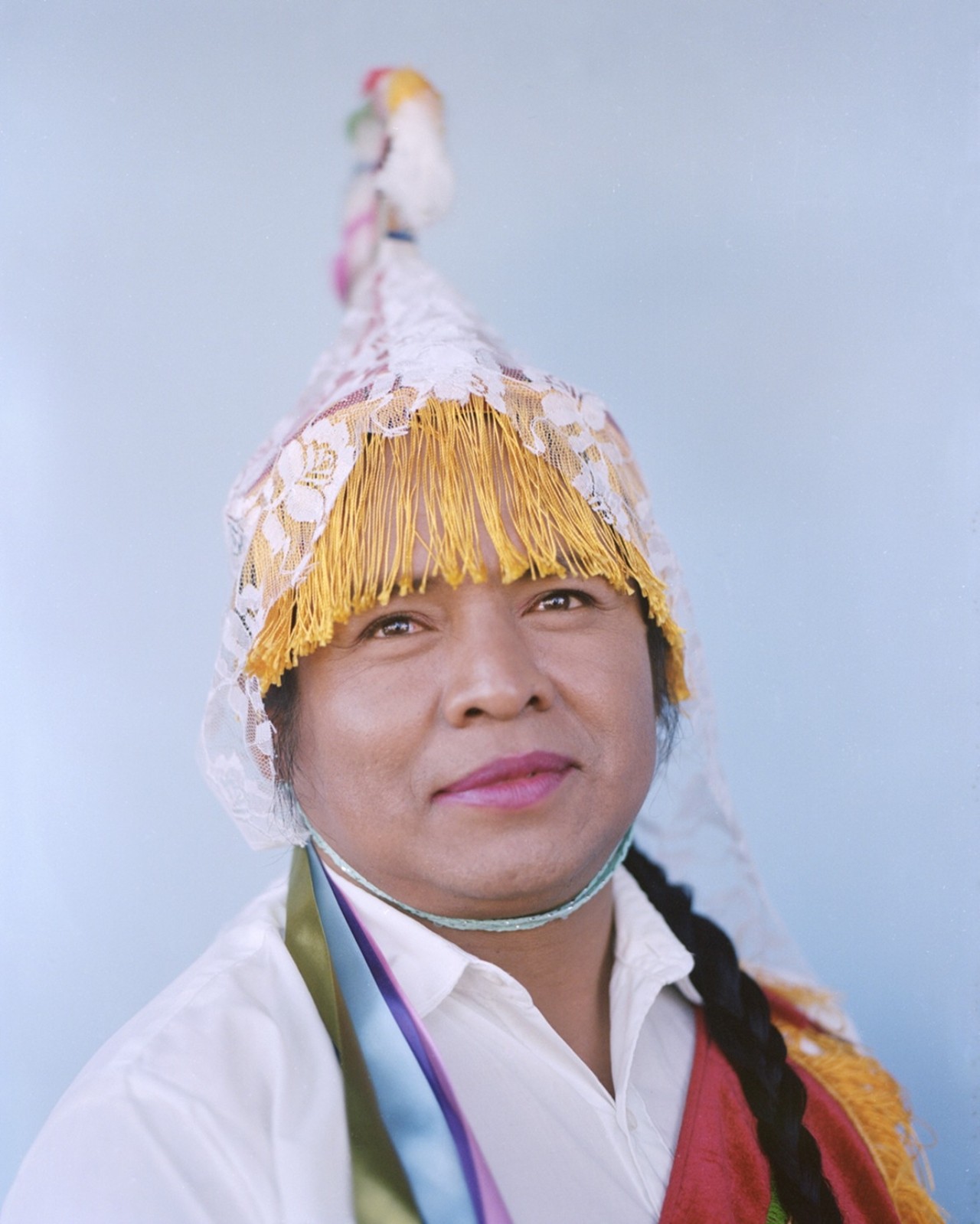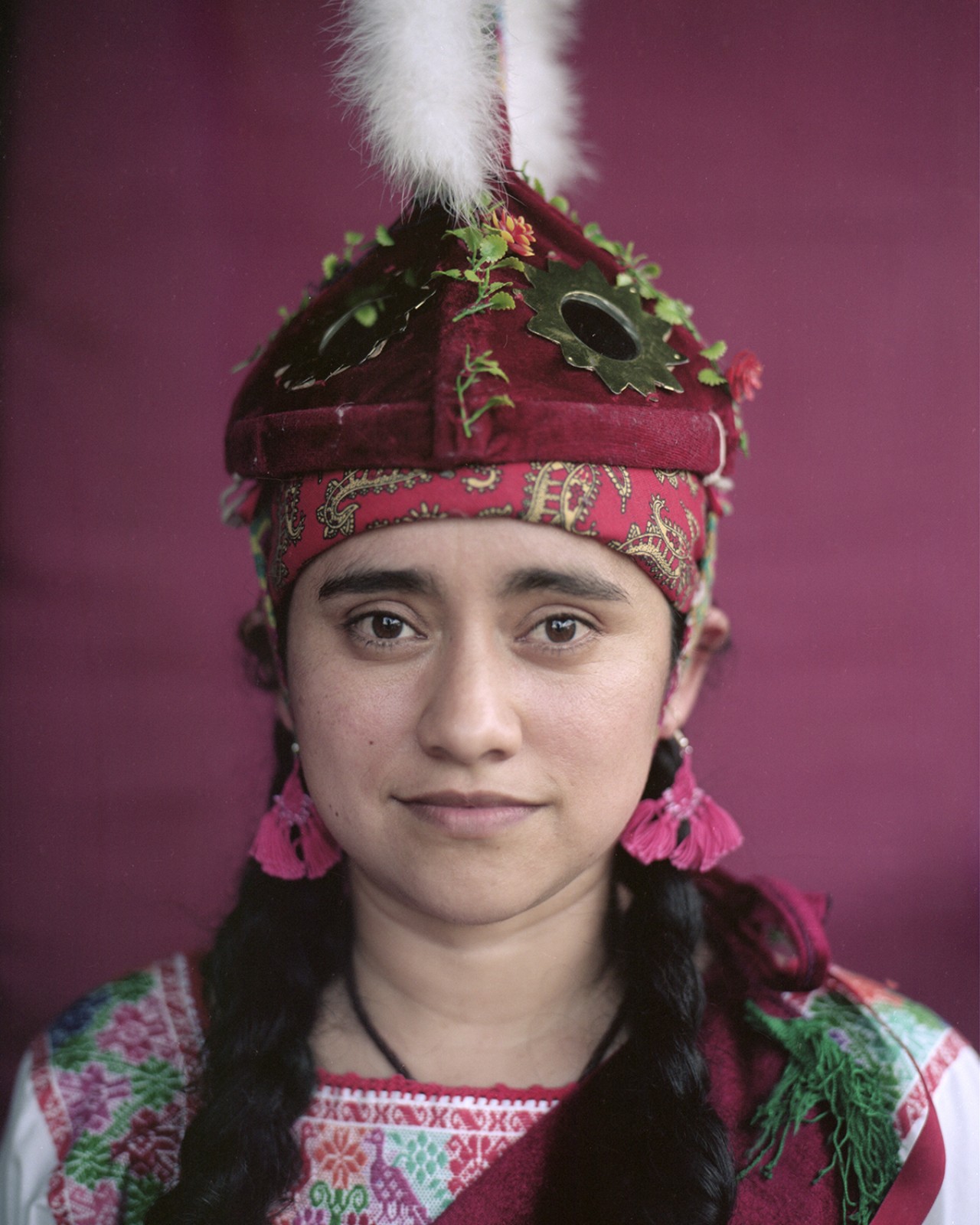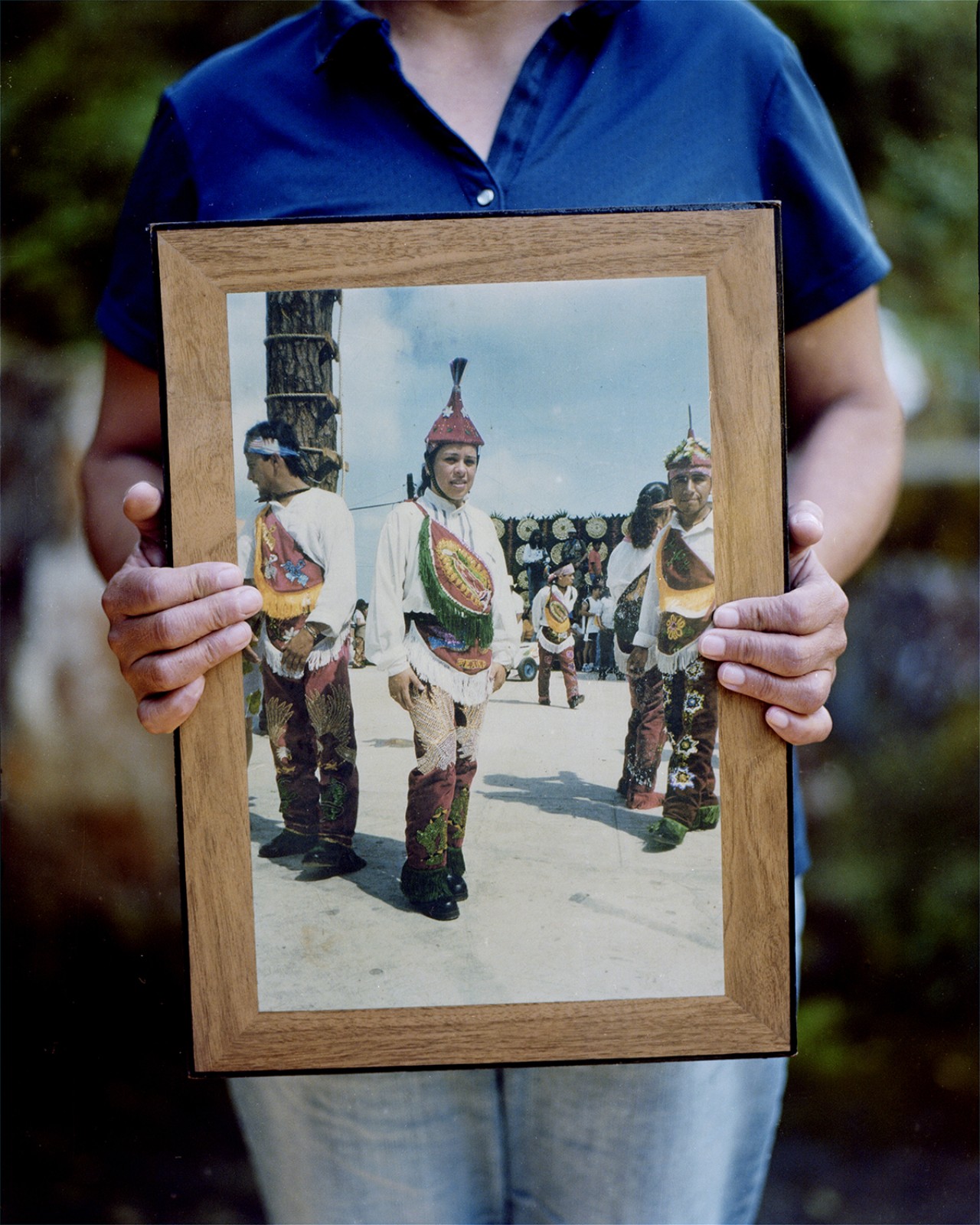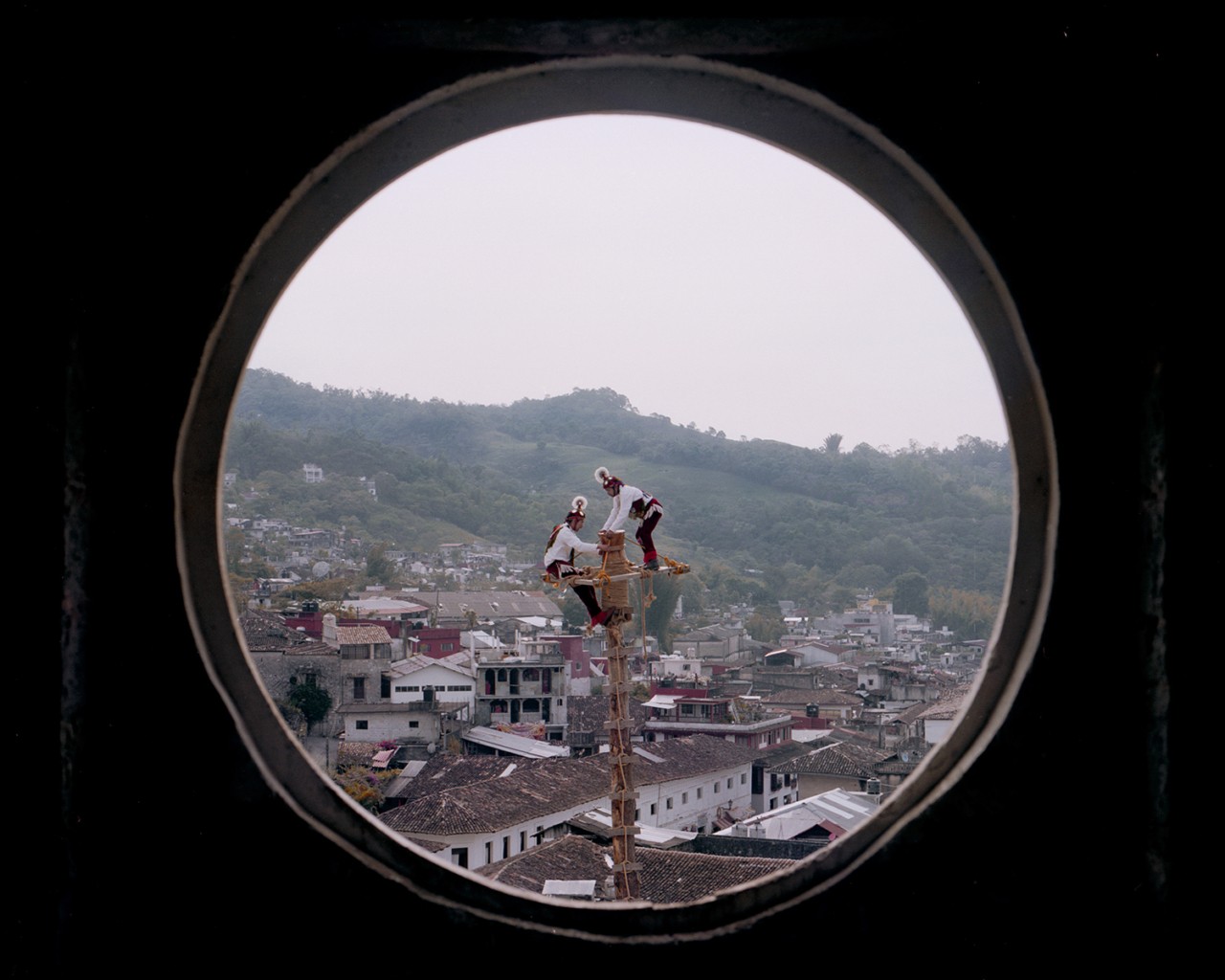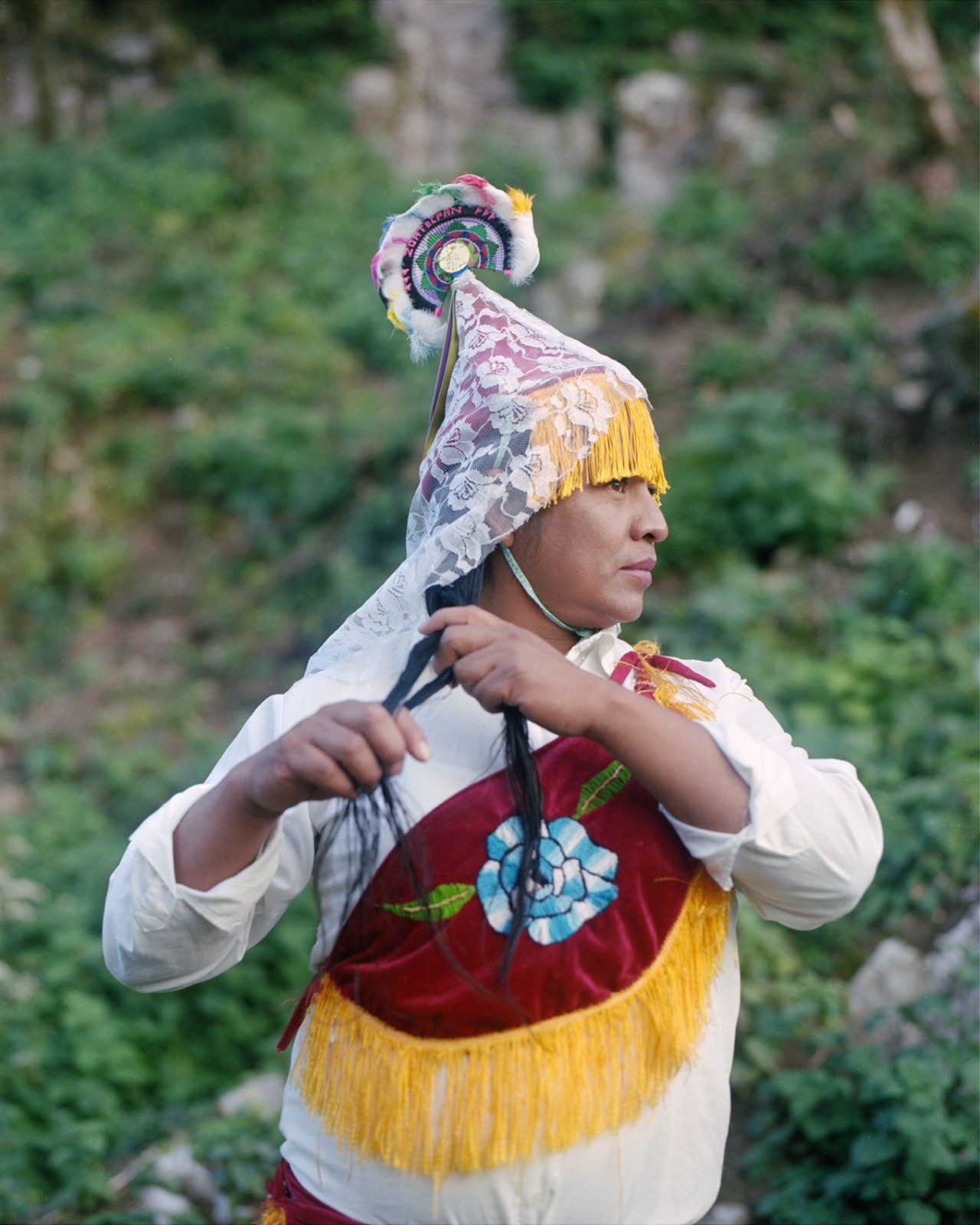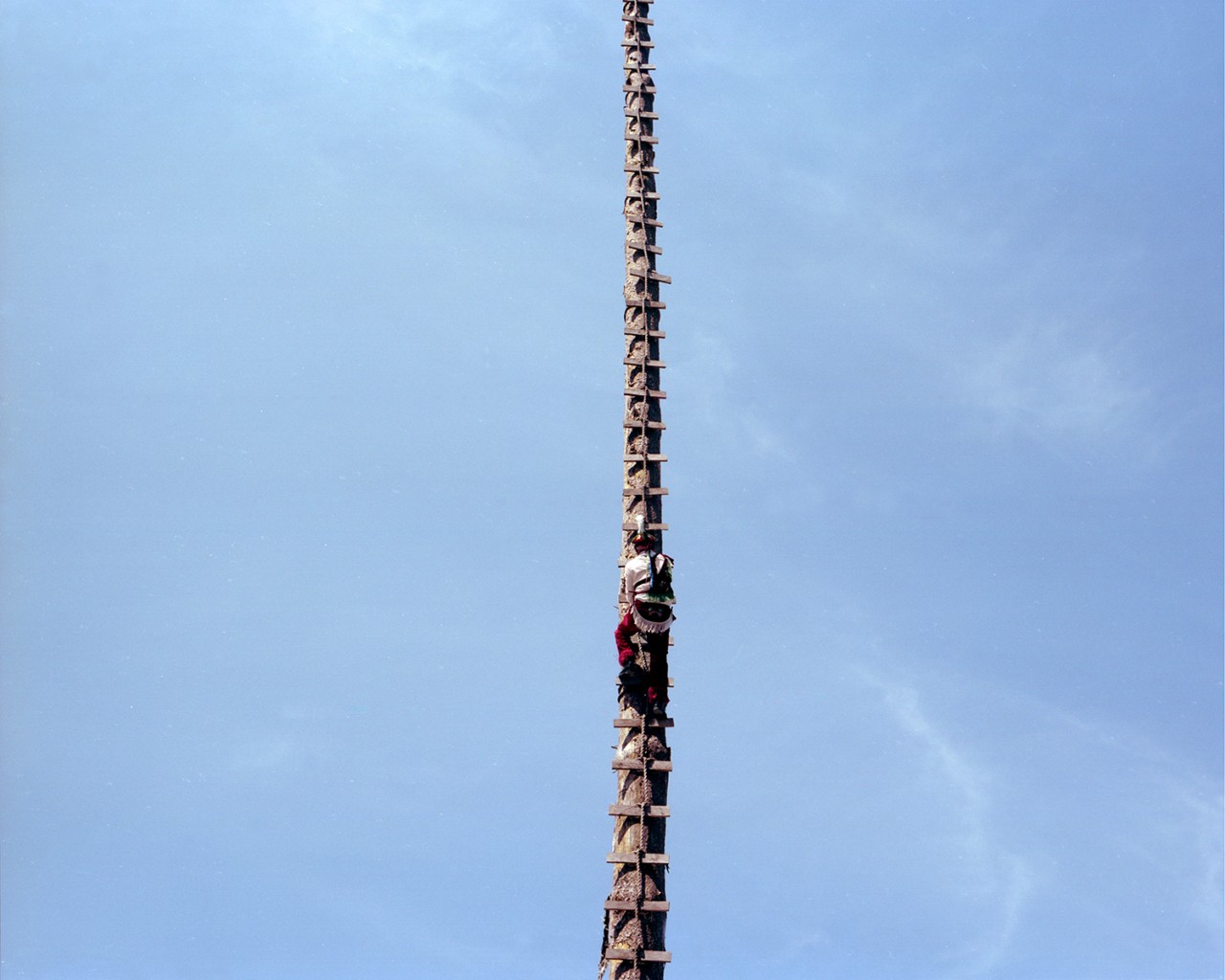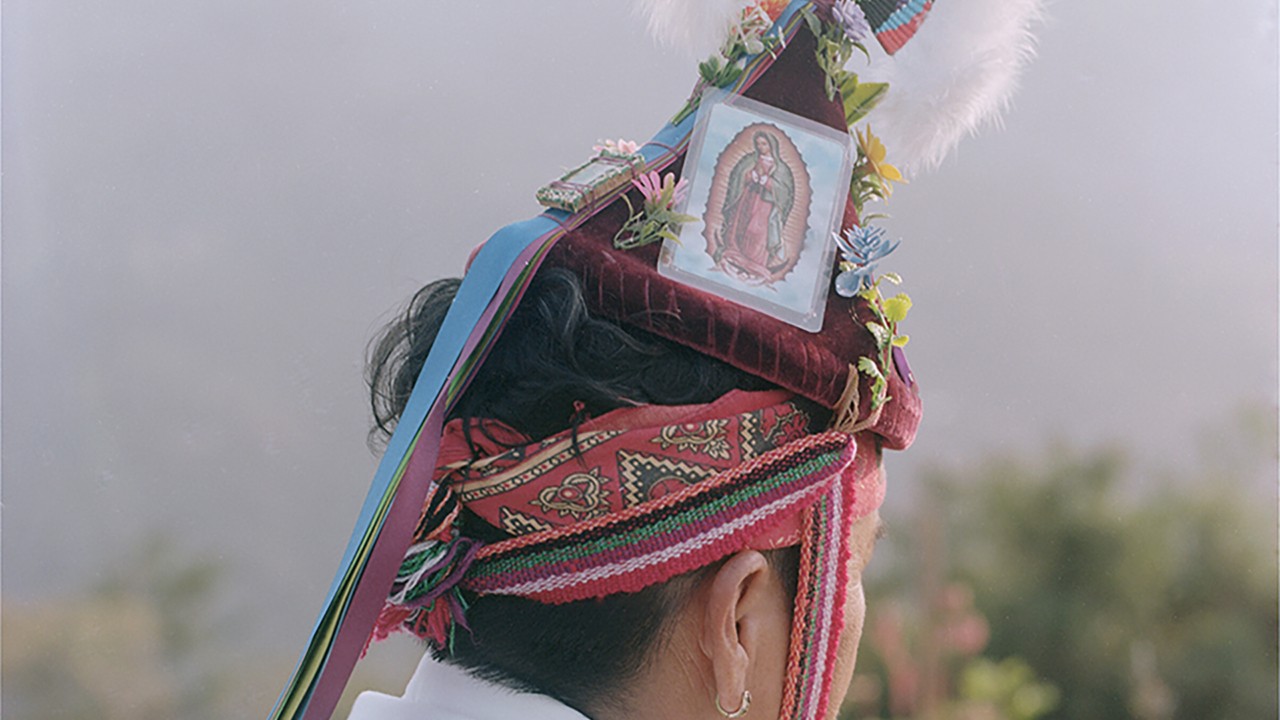
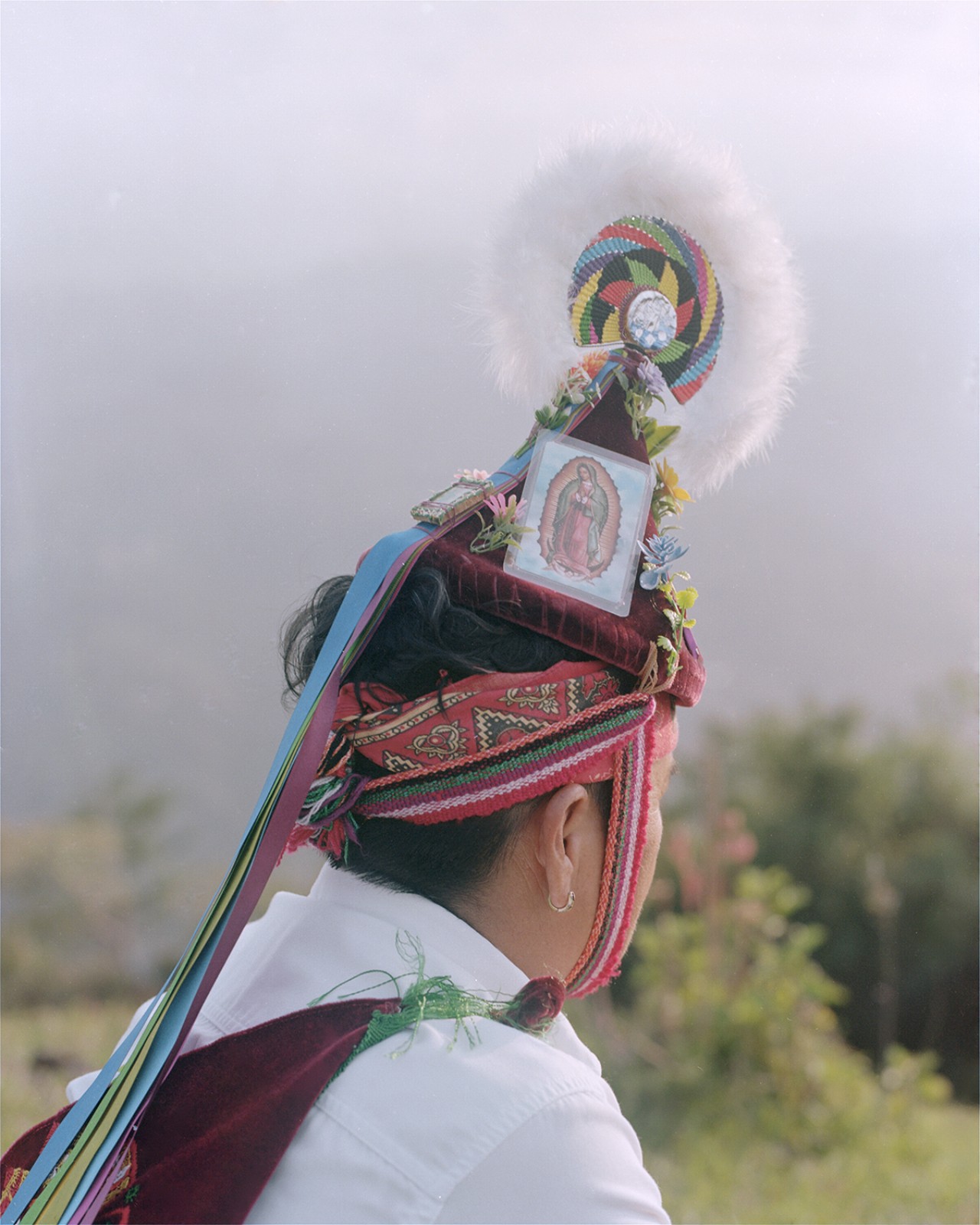
PHOTOGRAPHS AND WORDS BY VALERIA LUONGO
In Cuetzalan del Progreso, Mexico, a group of women are challenging gender roles by participating in a traditionally male ritual called Danza de los Voladores. The ritual begins with a ceremonial dance before five participants ascend a 30-meter pole and jump off the top, head first, tied to ropes as they revolve around the pole towards the ground.
It’s believed that the dance began as a way to encourage a good harvest. Historically, only men were allowed to partake in this ritual, but a few women in Cuetzalan have recently joined the practice in defiance of traditional gender roles, symbolizing transformation within their social context. While support for female flyers has grown within the local community, women still face greater barriers compared to their male counterparts. Balancing household responsibilities and full-time jobs, women are faced with greater hurdles that often prevent them from flying after a certain age.
I first arrived in Cuetzalan in 2013 as an anthropology student. I kept returning throughout the years, researching topics related to local eating habits, healthcare, and traditional medicine. But as I became more interested in documentary photography and filmmaking, I started working on collaborative visual projects that touched on social themes I was interested in.
Since 2022 I’ve been documenting the lives of several women flyers, aged nine to 50. Jacinta, 50, belongs to the first generation of flying women; Irene, 33, and Nikté, 12, are a mother-daughter duo; Julisa, 39, is the first trans voladora in the region; and Yolanda and Xochitl, both nine years old, are the first female practitioners from their families.
When Women Fly is an ongoing project that honors the women participating in Danza de los Voladores. With my work, I hope to celebrate the daily lives of these women and showcase how they balance being mothers, sisters, daughters, workers, and also proud voladoras.














What Happens When Women Fly
